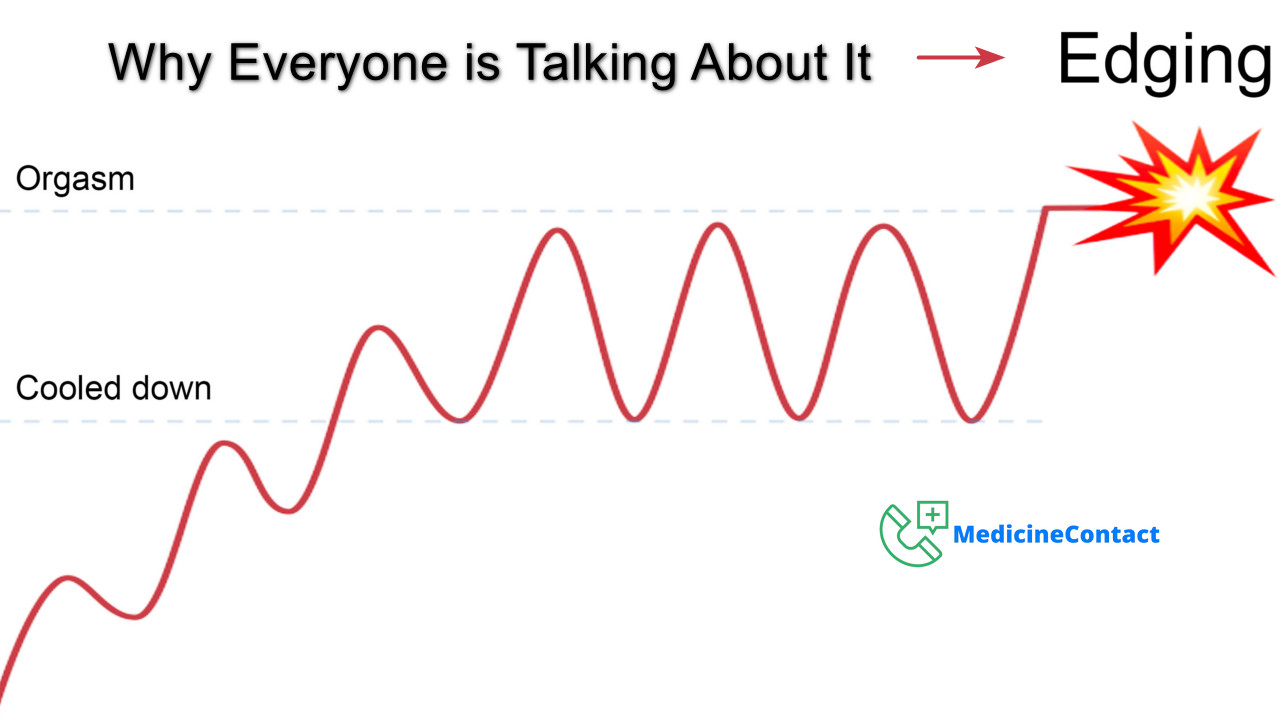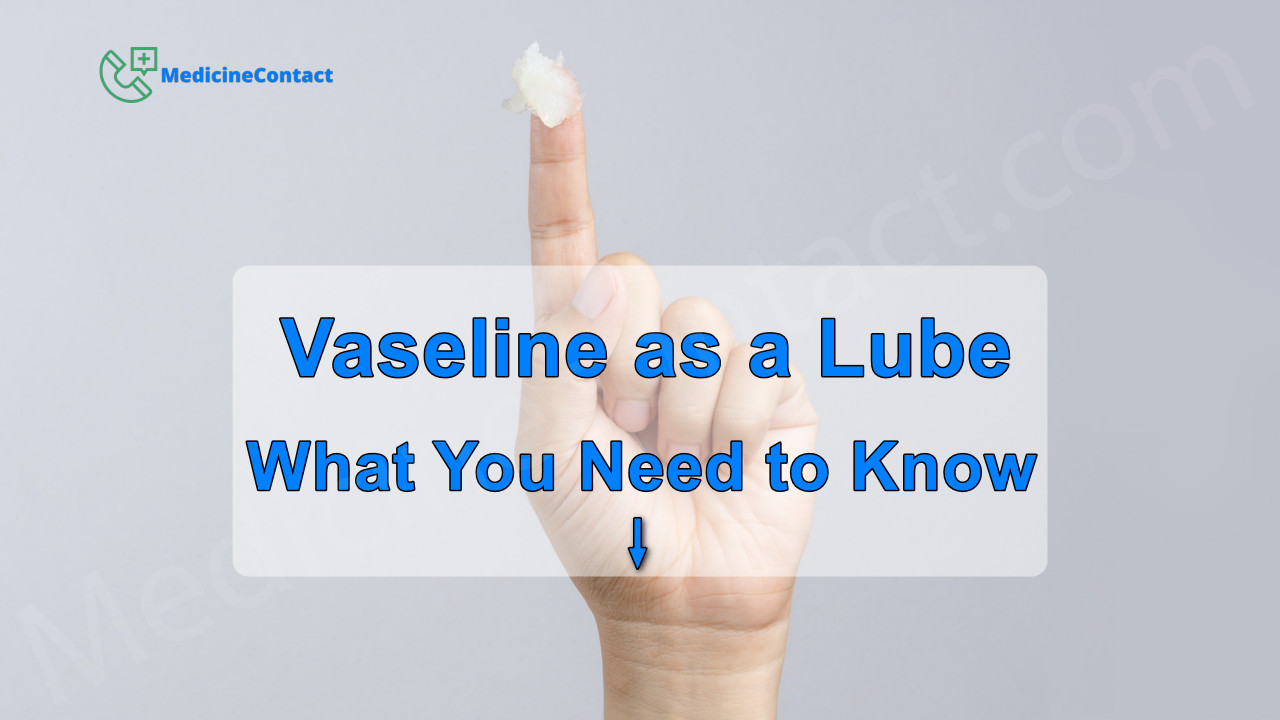
Do Dogs Get Cramps on Their Periods?
If you're a dog owner, you may have noticed your female dog going through heat cycles where she bleeds from her vulva. This is similar to when human females have their monthly periods. But do dogs also experience menstrual cramps like humans do? Here's what you need to know about whether dogs get cramps on their periods.
Understanding Dogs' Heat Cycles
Female dogs go into heat cycles usually twice per year once they reach puberty. Dogs typically go into heat for the first time between 6-24 months of age, depending on the breed and size of the dog. Smaller breeds tend to have their first heat cycle sooner than larger breeds.
A dog's heat cycle lasts around 2-4 weeks and is broken into different stages:
- Proestrus - This initial stage lasts around 7-10 days. The dog's vulva will swell and they will have some bloody vaginal discharge.
- Estrus - This is the period where the female dog can get pregnant, usually lasting around 5-10 days. The discharge lightens in color and the female will be receptive to males.
- Diestrus - The discharge stops and hormones in the body get the uterus ready for pregnancy. This stage lasts 60-90 days if no pregnancy occurs.
The estrus stage is when the female dog is fertile. If mating occurs during this time, she may get pregnant and the diestrus stage prepares the body for pregnancy. If no mating happens, the dog simply goes out of heat and starts the cycle over again in around 6 months.
Do Dogs Experience Menstrual Cramps?
Since dogs go through a form of menstruation with their heat cycles, you may wonder if dogs get menstrual cramps similar to what human females experience. Here are some key points about canine cramps:
- Dogs have smaller amounts of prostaglandins - In humans, menstrual cramps are often caused by the uterus contracting to shed the uterine lining. These contractions are triggered by hormones called prostaglandins. Dogs produce prostaglandins too, but in smaller amounts than humans do.
- Signs of discomfort - Some female dogs may show signs of discomfort like listlessness, shaking, shivering, and changes in appetite during parts of their heat cycle. The apparent discomfort is most likely associated with hormone fluctuations.
- No overt signs of severe pain - Most dogs do not display obvious signs of severe pain from cramping like crying, whining, or drawing their legs close to their body.
- Discomfort varies - Some dogs experience no noticeable discomfort during heat cycles, while others seem to have mild to moderate discomfort. Severe cramping pain seems very uncommon in dogs.
While some discomfort during parts of the heat cycle is normal, you should monitor your dog closely. Seek veterinary advice if signs of discomfort seem severe or last longer than expected. This could indicate a health issue needing treatment.
Helping Your Dog Through Her Heat Cycle
Here are some tips for helping your female dog get through her heat cycle as comfortably as possible:
- Keep her calm - Limit strenuous exercise and activities that could cause discomfort. Short, gentle walks are fine.
- Provide a soft bed - Give her a padded dog bed or pile of blankets to relax on comfortably.
- Gently massage her abdomen - This may help soothe minor cramping, but avoid touching her too much around the vulva.
- Use pain medication if needed - Speak to your vet about dog-safe OTC pain relievers or prescription meds if she seems very uncomfortable.
- Give nutritional support - Make sure she gets adequate nutrients from high-quality dog food and treats.
- Limit baths - Avoid frequent bathing and vulva cleanings which could cause further irritation.
With proper care and attention, you can help minimize any discomfort your dog has during her heat cycle. Follow your vet's guidance about any medications or interventions needed to keep her pain-free.
The Impact of Diet on Menstrual Pain
emerging data suggests that diet may play a role in menstrual cramping and discomfort in humans. Research indicates that pro-inflammatory foods can promote menstrual pain, while anti-inflammatory nutrients can help provide relief.
Here are some key dietary factors that may influence period cramps:
- Saturated fats - Found in red meat, processed meat, and high-fat dairy products have been linked with promoting inflammation.
- Trans fats - Often added to processed baked goods and snacks, these unnatural fats are tied to systemic inflammation.
- Omega-6 fatty acids - While essential, these can be over-consumed from vegetable oils, leading to an imbalance with anti-inflammatory omega-3s.
- Added sugars - Found abundantly in sodas, candies, and processed foods, added sugars drive inflammation.
- Refined grains - Stripped of fiber and nutrients, refined grains found in white bread, pasta, etc. can spur inflammation.
On the other hand, a diet rich in plant foods, fiber, anti-oxidants, omega-3 fatty acids, and lean proteins has been associated with lower menstrual pain thanks to reduced inflammation. Eating a clean, whole foods diet can minimize monthly discomfort.
While data on diet and cramps specifically in dogs is lacking, ensuring your dog eats a nutritious, high-quality diet with minimal processed ingredients could promote overall health and comfort.
When to See the Vet
It's normal for dogs to have some mild discomfort or behavioral changes while in heat. However, you should consult your veterinarian if you notice any of the following:
- Signs of severe pain like crying, aggression, repeated licking of the vulva
- Discharge that is thick, bloody, or has a foul odor
- Swelling, discharge, or bleeding outside of her normal heat timeline
- Urinary accidents or bloody urine
- Refusal to eat, lethargy, vomiting or diarrhea
- Evidence of self-trauma from excessive vulva licking
These could indicate a uterus infection (pyometra), vaginitis, trauma, or other issues requiring prompt medical care. Don't hesitate to call your vet if anything seems abnormal.
Protecting Your Dog While In Heat
When your dog is going through her heat cycle, it's important to take precautions to protect her health and safety:
- Keep her confined and supervised - Prevent wandering loose or unplanned mating.
- Use dog diapers if needed - To absorb discharge and prevent soiling furniture or floors.
- Avoid dog parks and daycares - As exposure to males could lead to mating and pregnancy.
- Postpone elective surgeries - Risk of anesthesia complications is higher during estrus.
- Boost home security - The smell of a female in heat can attract eager, loose males.
With some adjustments to care and supervision, you can ensure your dog stays safe and comfortable until she passes out of heat. Be sure to alert other household members to her special needs during this time.
Spaying as an Option
If you have no plans to ever breed your female dog, speak to your vet about spaying (ovary removal surgery). Benefits of spaying include:
- No more heat cycles and associated messes/inconvenience
- Eliminates risk of pyometra, uterine cancer, and mammary cancer later in life
- May reduce undesirable behaviors like roaming, mounting, and aggression
- No chance of unplanned pregnancies
Spaying is a routine procedure when performed by an experienced veterinarian. Your dog may have some mild abdominal discomfort after surgery but will likely heal quickly. Spaying prevents recurrent heat cycles and gives your dog a chance to live out her life comfortably.
Summary
Female dogs going through estrus may experience mild discomfort but likely don't have severe, debilitating menstrual cramps like humans. Their heat cycles involve hormone fluctuations and shedding of the uterine lining which could cause minor abdominal pain. While concerning signs should be addressed by a vet, most dogs have no noticeable or minimal issues associated with menstruation. With proper care and nutrition, you can keep your dog as comfortable as possible while in heat.
FAQs
Do dogs have periods like humans do?
Yes, dogs go through a heat cycle which is similar to a menstrual cycle in humans. Female dogs bleed from their vulva and experience hormonal changes. However, dogs do not shed the uterine lining in the same way humans do during their period.
How long do dogs bleed while in heat?
The bloody discharge phase when a dog is in heat usually lasts about 7-10 days. However, dogs can bleed for up to 21 days depending on the individual. It's normal for the discharge color and amount to change as the heat cycle progresses.
How often do dogs go into heat?
Most dogs enter heat cycles twice per year, or about every 6 months. Though cycle length and frequency varies between breeds. Smaller dogs may go into heat more often, having 3 or more cycles per year. While large breed dogs can go into heat just once a year.
Disclaimer: This article is for informational purposes only and does not constitute medical advice. Always consult with a healthcare professional before starting any new treatment regimen.




